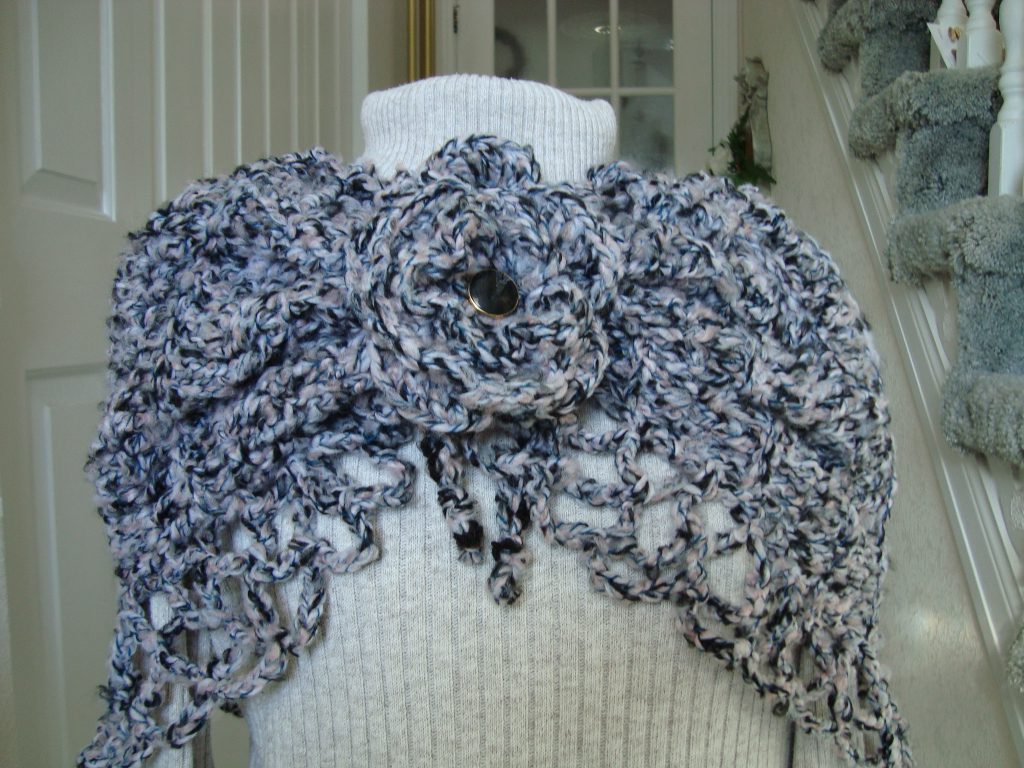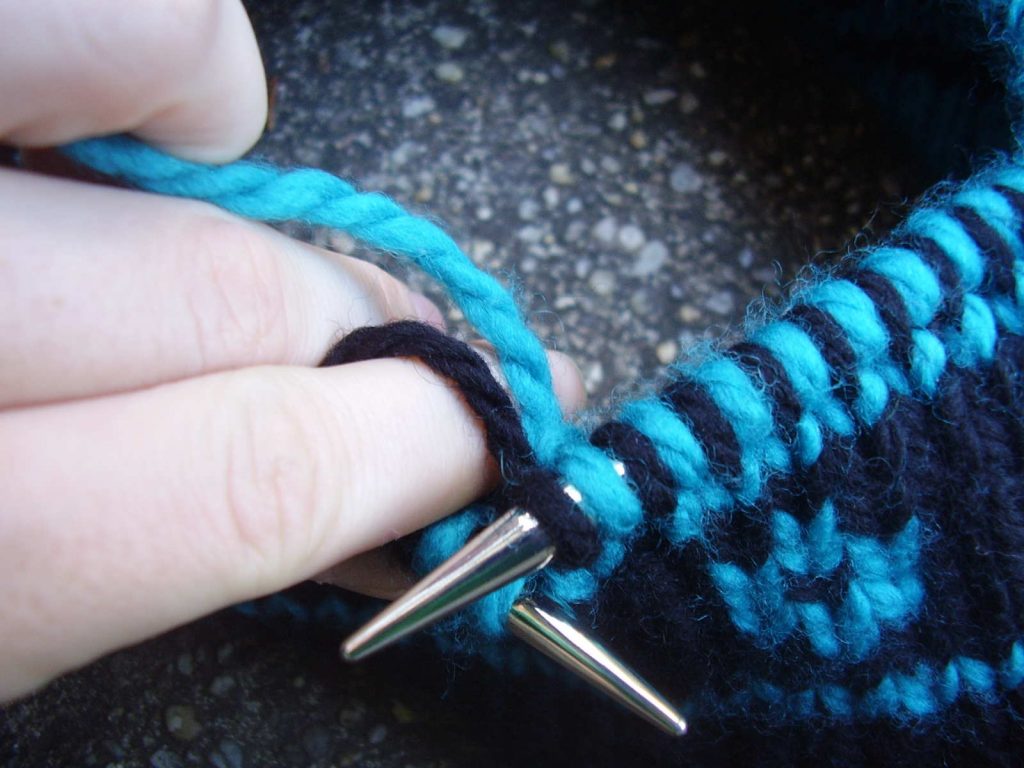 Knitting is a popular past-time where you can take nothing but a simple strand of yarn and turn it into a beautiful and useful fabric. You can produce some of the most intricate fabric possible by simply learning the techniques of cables, increases, and lace. These three techniques are all you need to know to create beautiful knitted garments and household goods, and even novice knitters can master most of these techniques rather easily.
Knitting is a popular past-time where you can take nothing but a simple strand of yarn and turn it into a beautiful and useful fabric. You can produce some of the most intricate fabric possible by simply learning the techniques of cables, increases, and lace. These three techniques are all you need to know to create beautiful knitted garments and household goods, and even novice knitters can master most of these techniques rather easily.
How to Make Cables
Knitting cables is simply done by crossing one group of stitches over another, which creates patterns in your fabric. You’ve most likely seen cabling done before, as it is a very popular technique that adds interest and detail to any knit piece. The most common style of cabling is the rope cable, which takes two sets of stitches and crosses them back and forth up the length of the knit piece. You can also create more intricate pieces such as braids or celtic knots. While this technique appears to be very advanced, it is really quite simple and can be done even by beginner knitters.
In order to create cables in your work, you first need a cable needle, which is a special knitting needle that is curved at the center. You use the cable needle to suspend-or hold- a group of stitches out of the way while you knit the same number of stitches on the left hand needle. You then knit the stitches on the cable needle by either knitting directly from the cable needle or by transferring them back to the left hand needle first. This makes the two sets of stitches cross, thus creating the cable in your knitting.
Naturally, cabling creates a denser, less elastic fabric. This technique is really popular with winter gear due to its additional bulk.
Increasing is another common knitting technique that is important to learn if you want to make anything more than a basic scarf or blanket. This technique requires no special tools and can be done using the same needles recommended by your preferred yarn.
By using an increase in your knitting, you are creating an extra stitch in your row. This is used when you want to make your work wider, and can also be used in lacework and other knitting patterns.
The easiest, and most common, way to create an increase in your work is the “make 1” technique. To do this, you simply make a backwards loop on your right hand needle in between stitches and on your next row, treat this as a normal stitch and knit right through it. This creates an extra stitch in your row, but be careful to pull your work tight so that it does not create an unsightly hole in your work.

Lace Knitting
Lace is the most intricate form of knitting, and often looks intimidating to beginners. Lace knitting creates the beautiful lace garments and home accessories that are so popular, such as:
- Shawls
- Scarves
- Cowls
- Gloves
- Legwarmers
- Curtains
- Blankets
- Throws
- Rugs
- Dresses
If you’re just starting out and you want a chance to make a simple lace piece, it can be accomplished by simply knitting as usual but using a bigger needle than the pattern calls for. This will create gaps in your stitches, which look like lace. In fact, even brand new knitters can make a simple garter stitch lace scarf by knitting every row with a much larger needle than the yarn.
However, if you are a bit more advanced and you are looking for a simple lace pattern to try out, don’t be discouraged. Even the more complex lace patterns that require the knowledge of a variety of stitches are usually just created by using the same stitch pattern repeatedly across the rows. An example of this is the simple knit 1, yarn over, knit 2 together pattern that is common on simple lace pieces. You can make a beautiful scarf or blanket by repeating this pattern for your entire work, and it looks much more intricate than it really is.
Knitting is a very relaxing and rewarding hobby that can easily become a new obsession. Whether you want to create a simple piece or incorporate the use of cables, increases, and lace into your knit work, you’ll soon find yourself experimenting with all sorts of patterns and designs.


